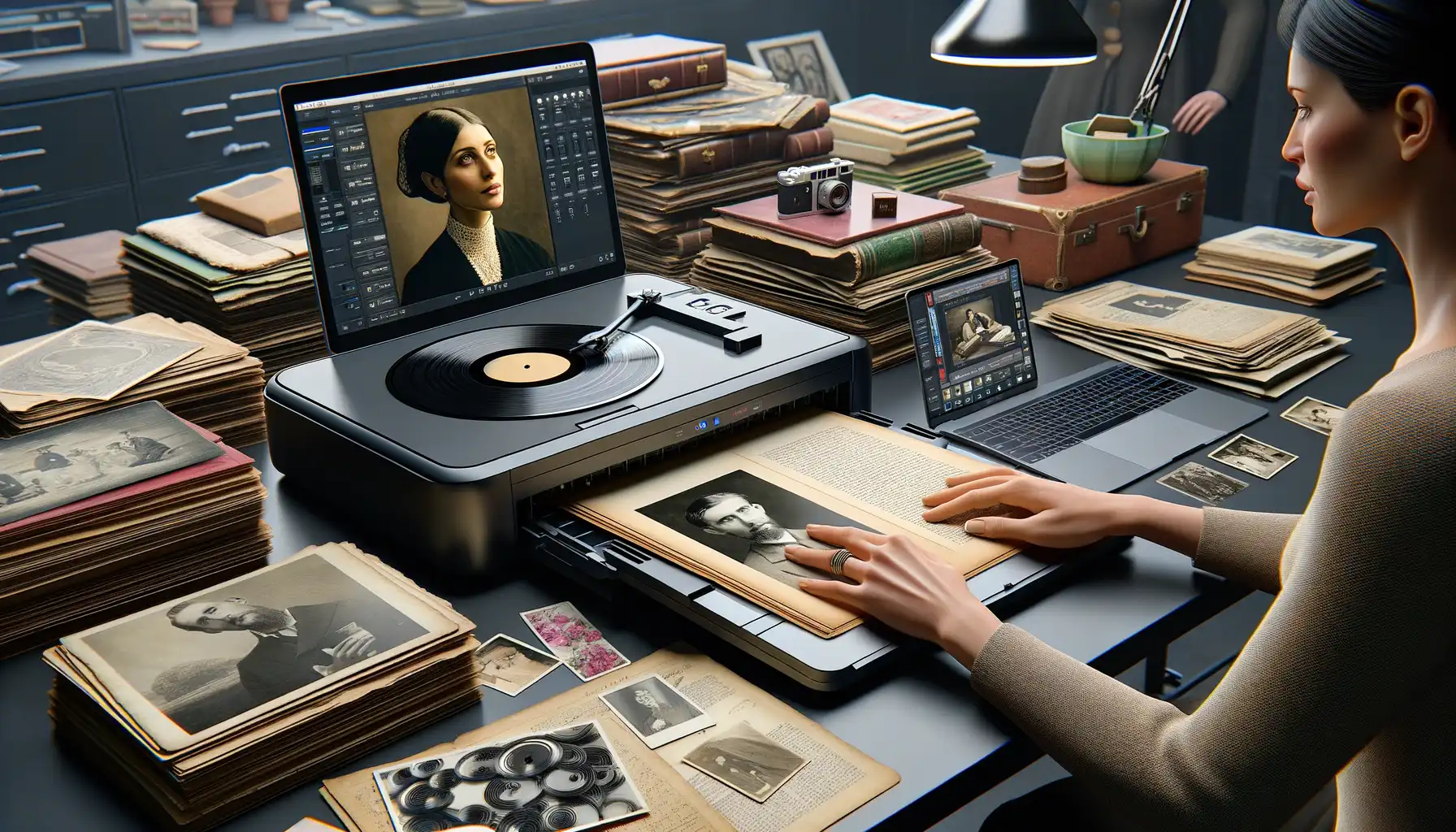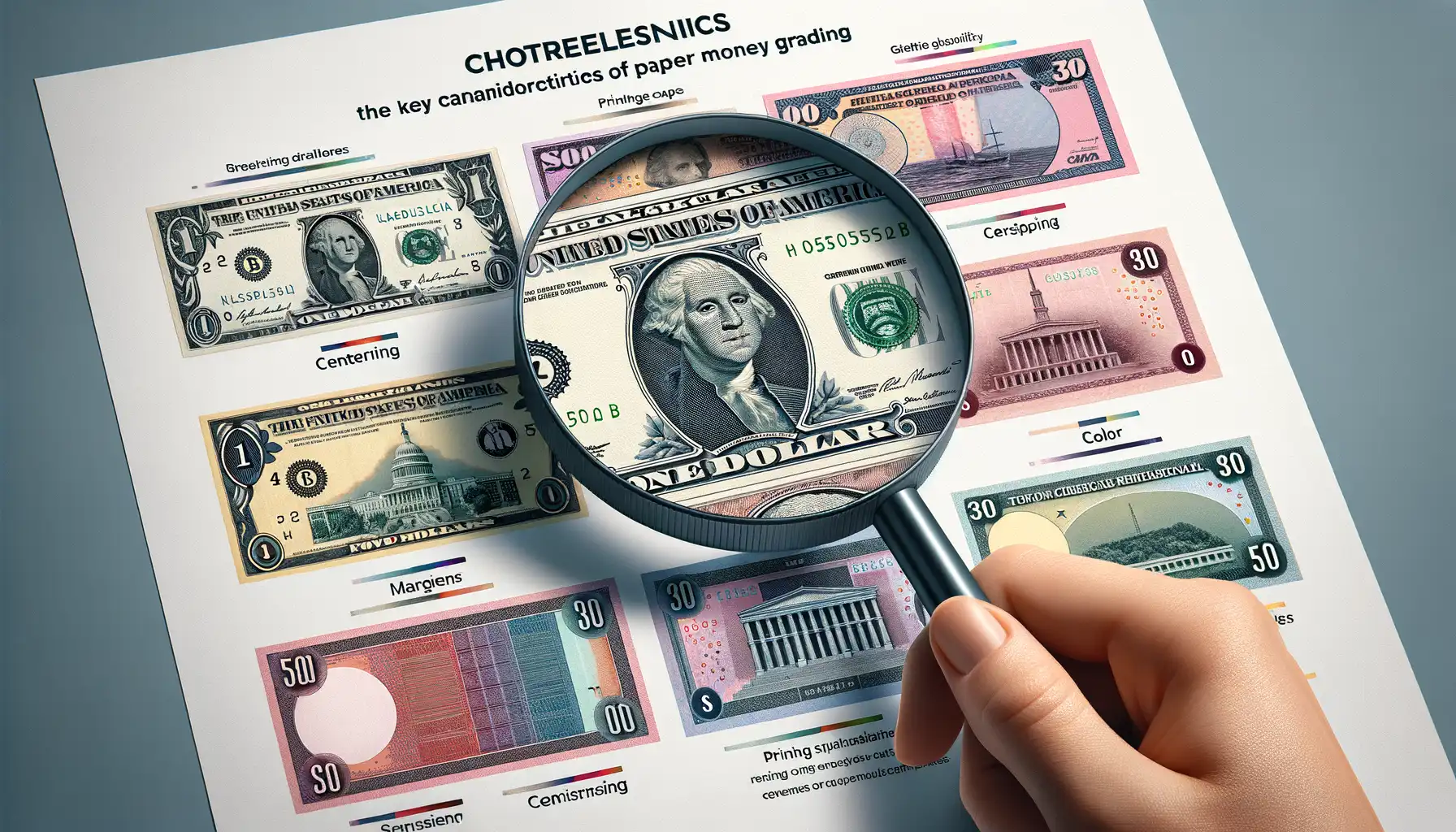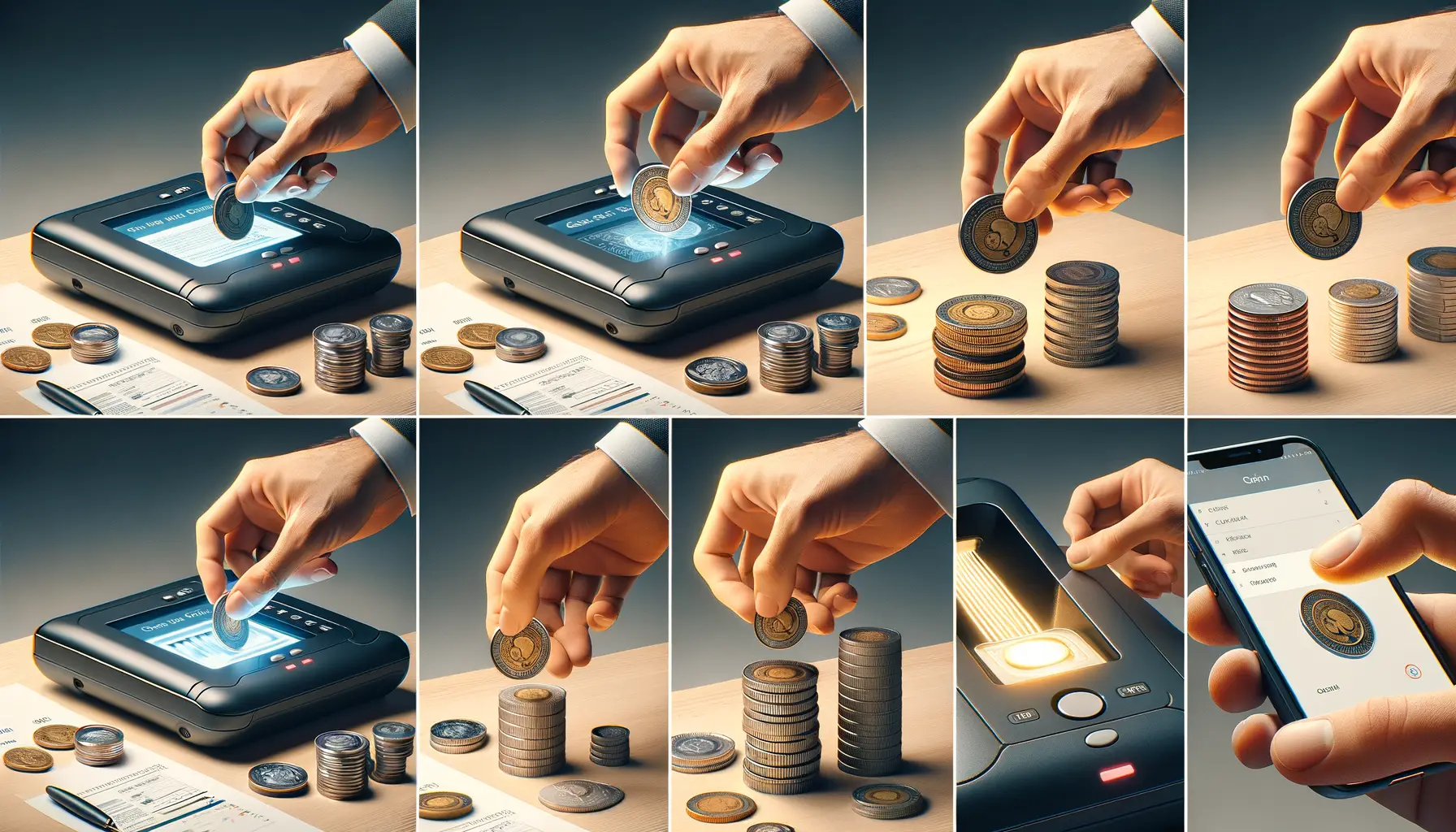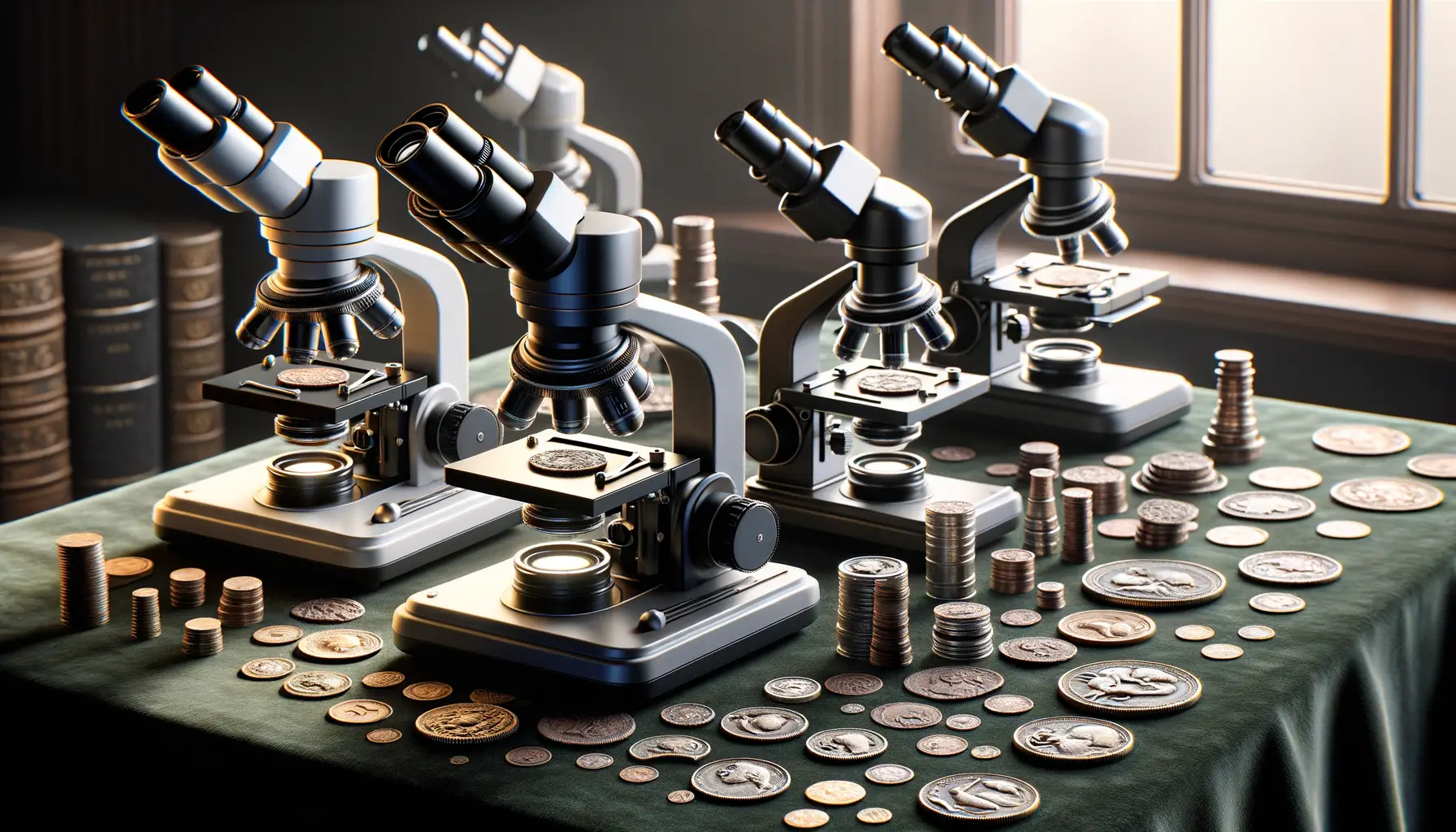Why Create a Digital Inventory for Your Collection
Your Collection Deserves to Shine
Imagine the joy of effortlessly finding that one special piece from your collection—whether it’s a rare comic book, a vintage vinyl record, or a family heirloom passed down for generations. A digital inventory transforms your treasures into an easily searchable, beautifully organized virtual archive. No more stacks of papers or digging through cluttered shelves! Bringing your collection into the digital world allows it to shine in all its glory.
But that’s not all. Picture this: you can access your inventory from anywhere and share it with friends, family, or other enthusiasts in seconds. Are you insuring your items? A detailed, digital record helps streamline appraisals and claims, not to mention adding that layer of much-needed protection for the unexpected.
Key Benefits You Can’t Ignore
Here’s why a digital inventory is a game-changer:
- Time-saving treasure hunt: Quickly locate items by keyword search or category tags.
- Peace of mind: Track values, purchase dates, and condition reports all in one secure place.
- Preservation made easy: Store photos, descriptions, and even stories behind each piece.
It’s like giving your collection its own spotlight—and doesn’t it deserve that?
Steps to Digitize Your Collection

Getting Ready: What You’ll Need
Before diving in, let’s gather what you need to bring your collection into the digital world. Picture it like setting the stage for a photoshoot—only your stars are stamps, vintage records, or rare collectibles! Here’s a checklist to get started:
- A good scanner or camera: Crisp, clear visuals are everything. Your items deserve their moment to shine.
- A laptop or tablet: Think of this as your command center for organizing files and spreadsheets.
- Labeling materials: Sticky notes or tags help you keep track of what’s been digitized.
- Backup storage: An external hard drive or cloud service is your safety net. No one wants all that effort to vanish into thin air!
The Scanning & Sorting Process
Let’s roll up our sleeves—it’s time to digitize. Start simple. Begin with a small batch of items. This avoids overwhelm (and trust me, it snowballs quickly). Use your scanner or camera to capture detailed images. Name files thoughtfully, like “VintageComic_Spiderman1964_Front.jpg.” See how specific that is? You’ll thank yourself later.
Once scanned, group items into folders. For example, if you’re digitizing books, create folders like “Science Fiction”, “Classics”, or “Signed Editions”. The clearer the structure, the less chaotic things get.
And don’t skip the metadata! This is where digital meets detail—jot down dates, descriptions, relevant stories tied to the item. A lamp from grandma isn’t just a lamp; it’s a link to your family’s history. That personal touch makes your collection uniquely yours.
Best Tools and Software for Digital Inventory Management

Unlocking the Power of Digital Inventory Tools
If you’re serious about keeping your collection organized, choosing the right tools is like picking the perfect companion for an epic journey. The good news? You’ve got options that cater to every type of collector—whether you’re managing rare antiques, comic books, or even vinyl records.
Specialized Inventory Software is where the magic happens. Systems like CollectorZ are tailor-made for hobbyists who thrive on detail. Picture this: a sleek dashboard that lets you attach photos, input custom fields, and organize everything into hyper-specific categories. Also, platforms like Snupps make it almost too easy with their drag-and-drop simplicity and cloud backup options.
Don’t Overlook Versatile Tools
For those who prefer flexibility, general-use apps can work wonders. Try using Notion or Airtable—they’re like digital spreadsheets on steroids. Airtable, for instance, supports color-coded tags and automated workflows. Who doesn’t want their inventory to update itself?
Consider this mini checklist when choosing software:
- Does it offer mobile access for quick updates on the go?
- Can it handle images and documents?
- Is it scalable as your collection grows?
The right tool doesn’t just log items; it transforms chaos into clarity!
Organizing and Categorizing Items in Your Inventory

Transform Chaos into Clarity
Have you ever felt like your collection is a treasure chest, but you always end up rummaging through it in frustration? Organizing and categorizing your inventory digitally is like giving your treasures a map—and trust me, future you will thank you. Start by grouping items into logical categories. Imagine your collection as a library. Would you put science fiction books next to cookbooks? Of course not! Whether it’s based on type, size, theme, or even sentimental value, pick what makes the most sense for *you*.
If you’re cataloging vinyl records, for instance, consider sorting by genre: classic rock, jazz, or soundtracks. On the other hand, a comic book collection might shine when grouped by title or publisher. The real magic happens when you merge logic with personal flair—categories that feel intuitive to you will be the ones you actually stick to.
Essential Features Every Category Needs
Once your categories are locked down, make each one shine by attaching key details to every item. Think of this step like labeling the drawers of a toolbox; precision makes your life easier. Here’s what you might include:
- Name: The item’s unique identifier.
- Description: Key details like size, color, or special features.
- Tags: Keywords to find it easily later (e.g., “limited edition”).
- Condition: A quick note about its state, from mint to slightly worn.
When done right, this process won’t just organize your collection—it’ll breathe new life into it. Suddenly, everything feels more accessible, intentional, and totally under control. Doesn’t that sound like a dream come true?
Tips for Maintaining and Updating Your Digital Inventory

Keep It Fresh and Functional
Imagine your digital inventory as a living, breathing entity—one that needs regular nourishment to thrive! Keeping it updated isn’t just a task; it’s an investment in preserving what matters most to you. Set aside time monthly (or quarterly, if life feels like a whirlwind) to review and refresh your records.
Here’s a tip: treat this process like tending to a garden. Remove what no longer belongs—perhaps items sold, gifted, or even misplaced—and plant the seeds for new additions. Adding notes about condition changes, value updates, or even sentimental anecdotes makes your inventory richer and more meaningful.
Consistency is key here! Try adding notifications on your phone or calendar as gentle nudges. Or, even better, tie this habit to a ritual you already love—like enjoying your morning coffee.
Pro Tips for Streamlining Updates
Are you overwhelmed by where to start? Don’t worry—you’ve got this. Start small with these bite-sized steps:
- Focus on one category at a time (books today, art next week).
- Use color-coded labels or tags to identify items that need immediate attention.
A little structure turns chaos into clarity, making every update feel like a victory!




